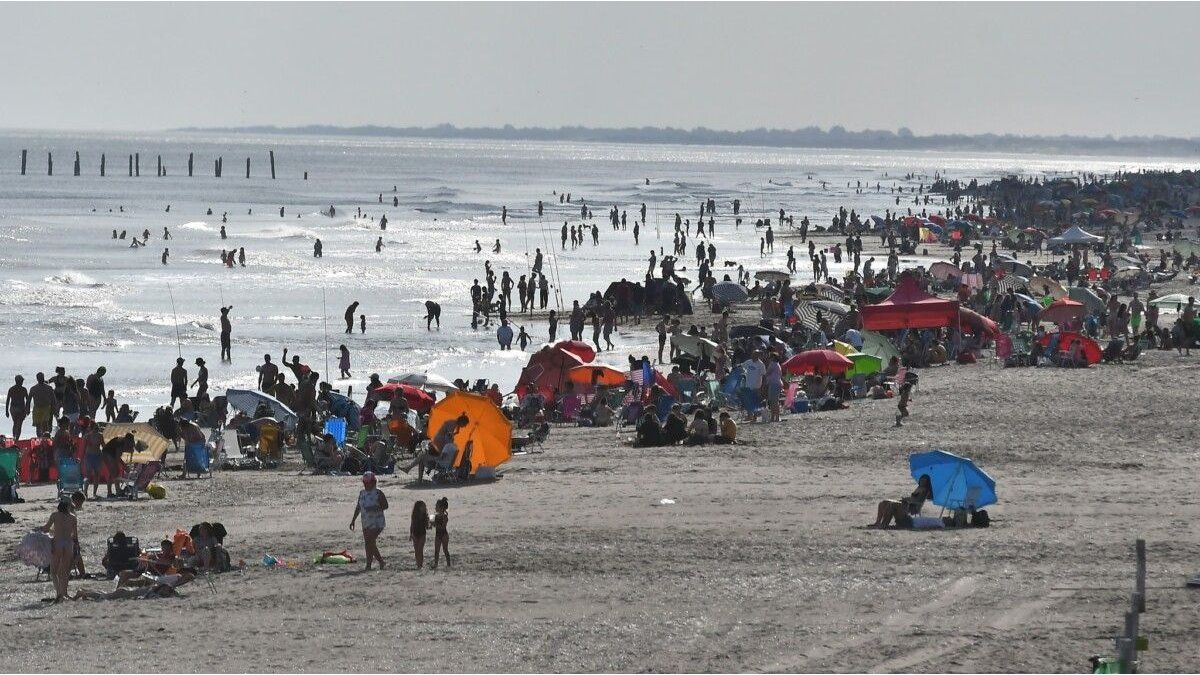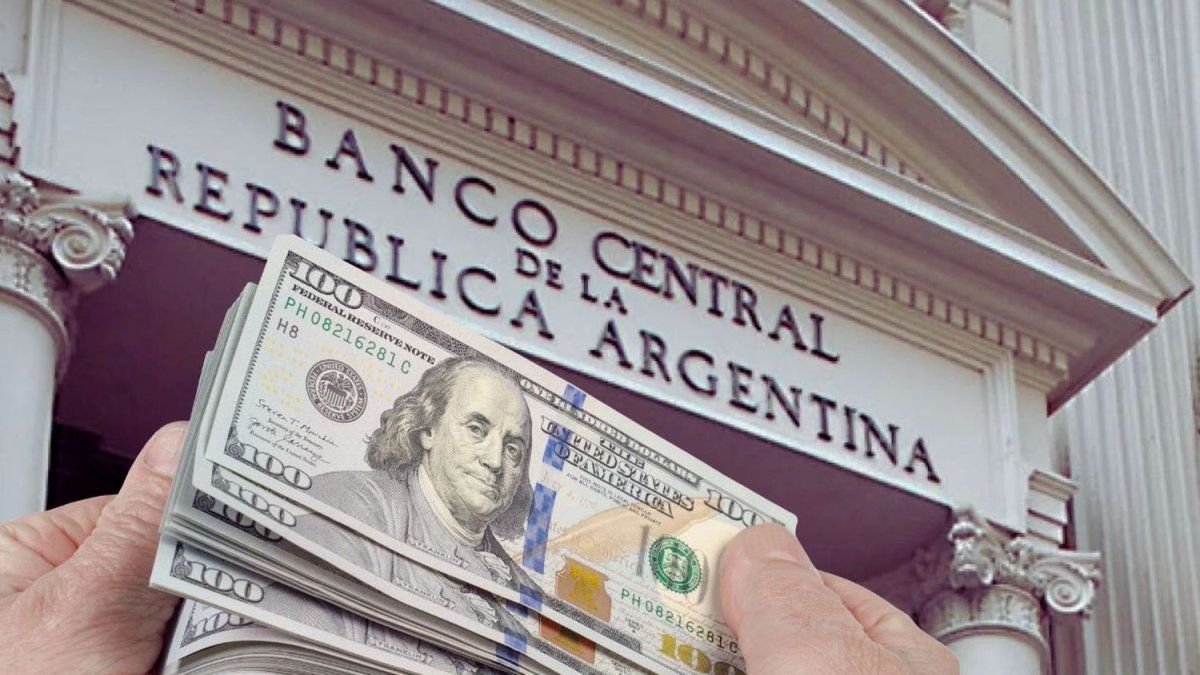He Extra Carnival Long Holiday brought relief to the local tourism sector. In total, 2.8 million people traveled on these dateswhich represented a increase of 7.6% Regarding the same period last year. This flow generated an economic impact of $ 701,064 millionwhich represents an average expense of $ 89,167 and a real increase of 33.8% Comparing with 2024.
The data were collected by the Argentine Confederation of Medium Enterprises (CAME). “The activity showed a varied dynamic, with provinces that exceeded influx expectations and others where the movement remained within the expected one,” the report said.
The impact of the extra carnival long holiday on internal tourism
In detail, tourism saw an increase of 7.6% with respect to the number of travelers and 33.8% of the economic impact, compared to 2024. In addition, the result of these four days was better than the balance of summer, where the visit to internal destinations had fallen about 4%.
The data correspond to the evaluation carried out by the Argentine Confederation of the Medium Enterprises (CAME).
Mendoza Tourism.jpg
Mendoza registered a hotel occupancy of 75%.
According to the report, Carnival 2025 in Argentina showed a strong tourism recoverywith provinces such as Entre Ríos, Jujuy, Mendoza and Corrientes leading hotel occupancy. “The cities with carnival tradition managed to maintain their prominence, with mass celebrations in Gualeguaychú, Corrientes and Tilcara, attracting thousands of tourists and dynamizing the local economy,” they detailed.
On the other hand, according to the Confederation, the “bad climatic conditions affected some festivities, especially in the City of Buenos Aires and Entre Ríos, where intermittent rains forced the reprogramming of some meetings. However, in most provinces, the activities were developed normally.”
In the case of Buenos Aires, the district registered an important tourist movement during the Carnival, with a marked influx of visitors in the Atlantic coast. Between the last hours of Friday and noon on Saturday, more than 1,000 vehicles per hour entered to the main spas, promoting tourist flow in the region.
Tourism numbers at the extra carnival holiday
The study details that average on the Atlantic coast was located in three days, With a daily expenditure of $ 100,000 per persongenerating a strong economic impact in the busiest centers. For example, Mar del Plata presented an occupation that reached the 75%, consolidating the city as one of the poles more chosen to say goodbye to the summer season.
In the Buenos Aires City The economic impact was also positive, registering a 70% accommodation, With a disbursement close to $ 85,000, and an average stay of 2.5 days, despite the heavy rains that occurred during the weekend.
For its part, Cordova He also had a great performance of the tourism industry. The occupation in the mountains reached high levels, with Villa General Belgrano and Santa Rosa de Calamuchita exceeding the 85% of reservations, while in Carlos Paz and Capilla del Monte the demand touched the 90%, with a full lodging in the highest category.
In the Traslasierra Valley, localities such as Mina Clavero, Nono and Villa Cura Brochero reported 70% occupation, although this percentage improved by the arrival of tourists without previous reservations. With respect to the average daily expenditure of visitors, it was estimated at $ 92,000 per person and the stay ranged between three and four nights, which allowed a significant economic impact on tourist locations.
Mendoza It is another favorite destinations for Argentines. In this case, the province lived a moderate tourist movement, but with a varied offer of activities.
In detail, A hotel occupancy of 75% was recorded and a 3 night stay. San Rafael was one of the most chosen poles, standing out for its adventure tourism in the Atuel Canyon and Bodegas enabled for visits and tastings.
On the side of Neuquén, the tourist movement had marked differences according to the region that is analyzed. In the capital, the Hotel occupation was 40%, But without specific encounters that attract visitors, but rather with an influx of people in transit. The average expenditure was low, with an impact Minimum in gastronomy and with hotel as main beneficiary.
Finally, according to the Santa Fe report registered a hotel occupancy of 60%, with an average stay of two nights and a daily expense of $ 85,000.
Source: Ambito




